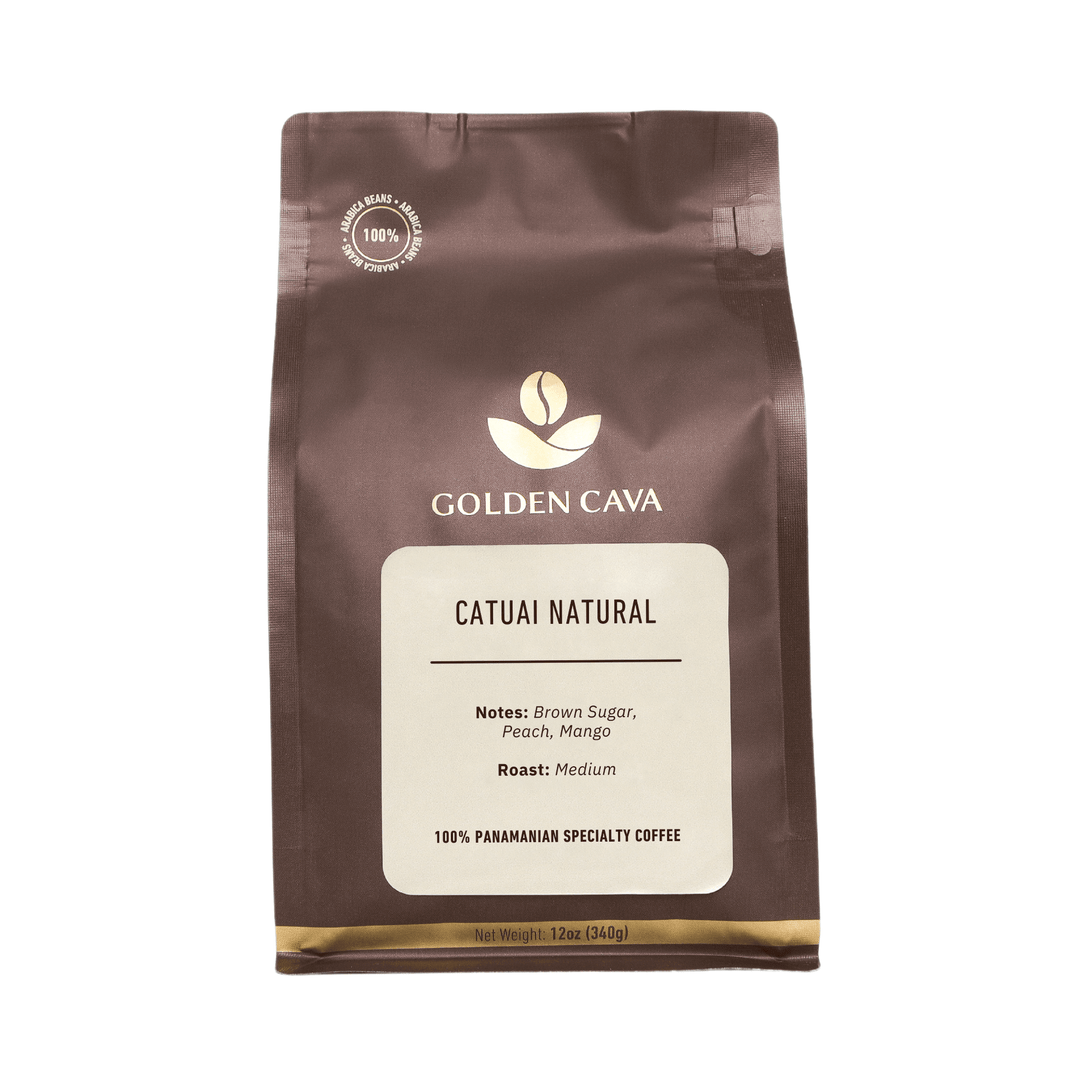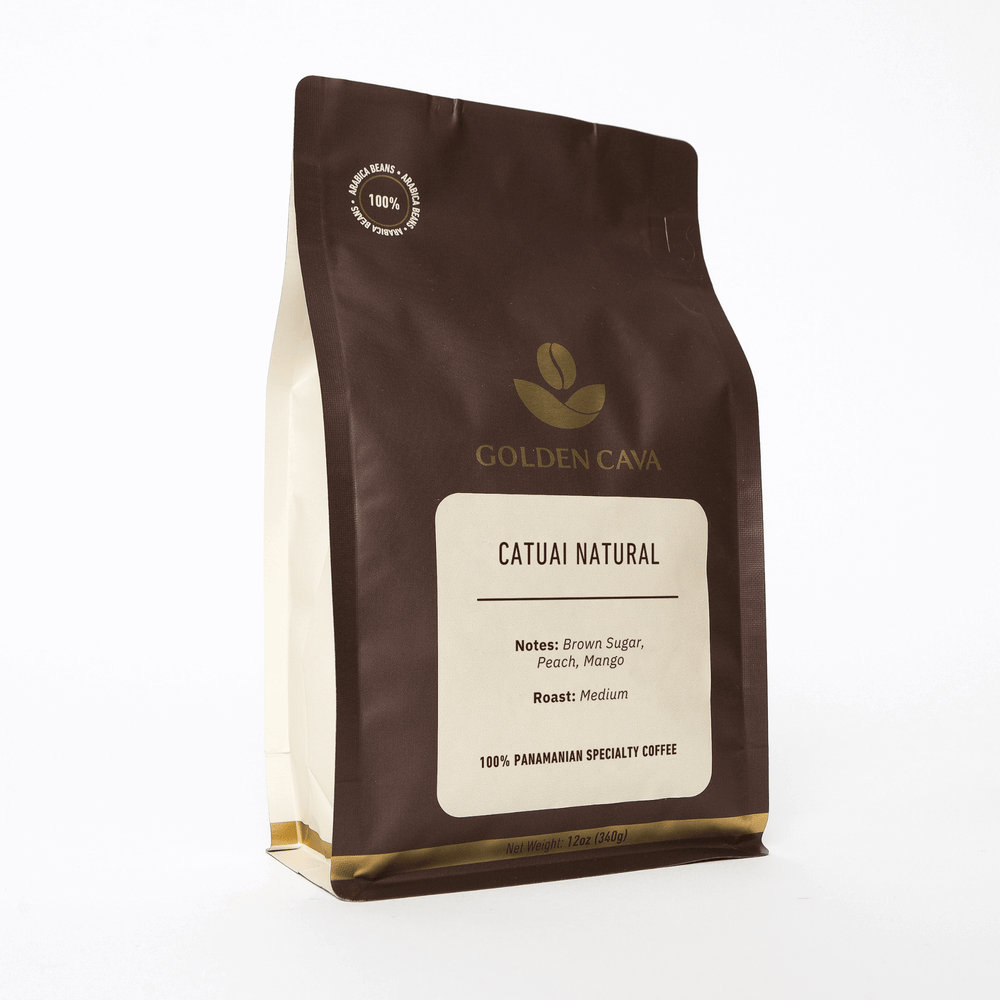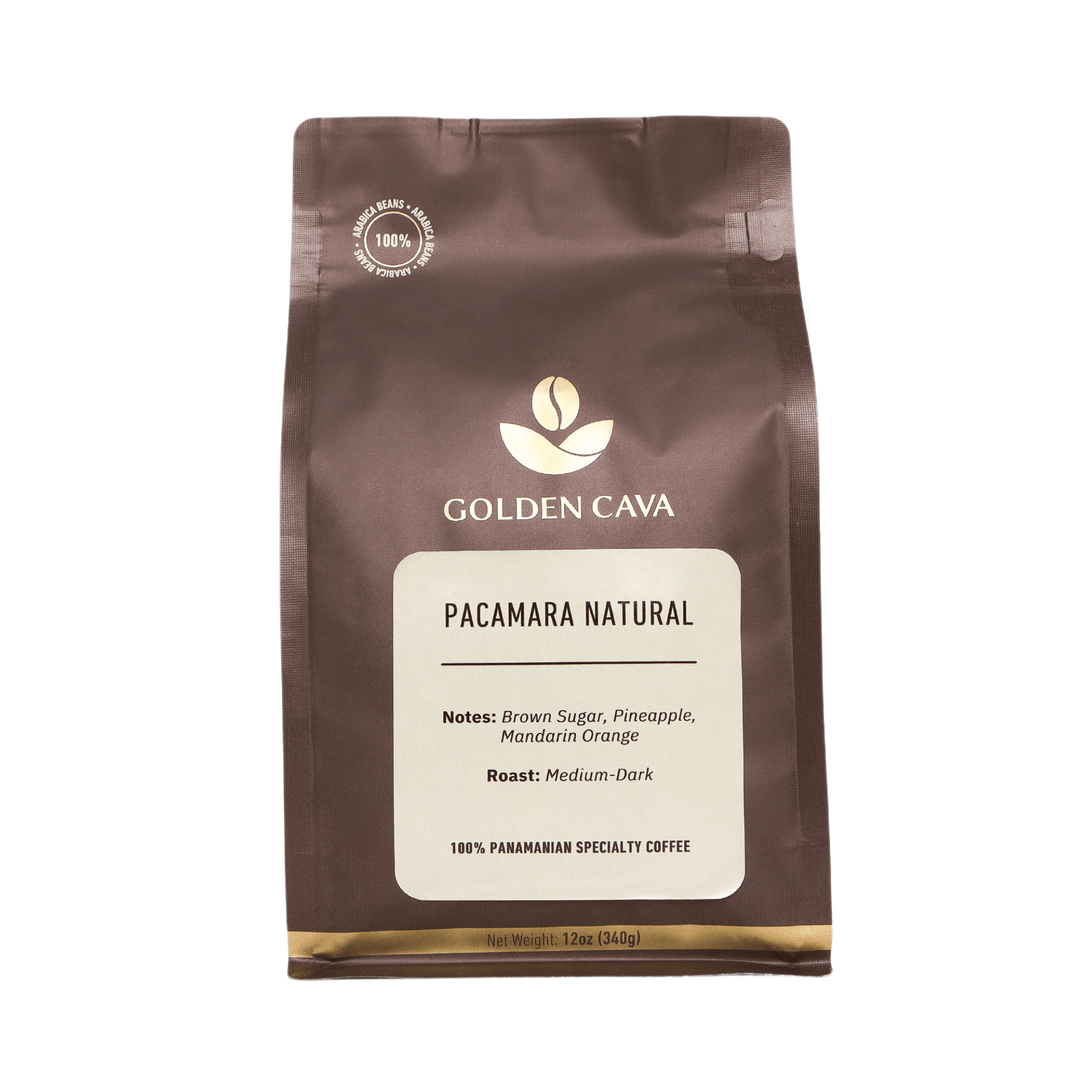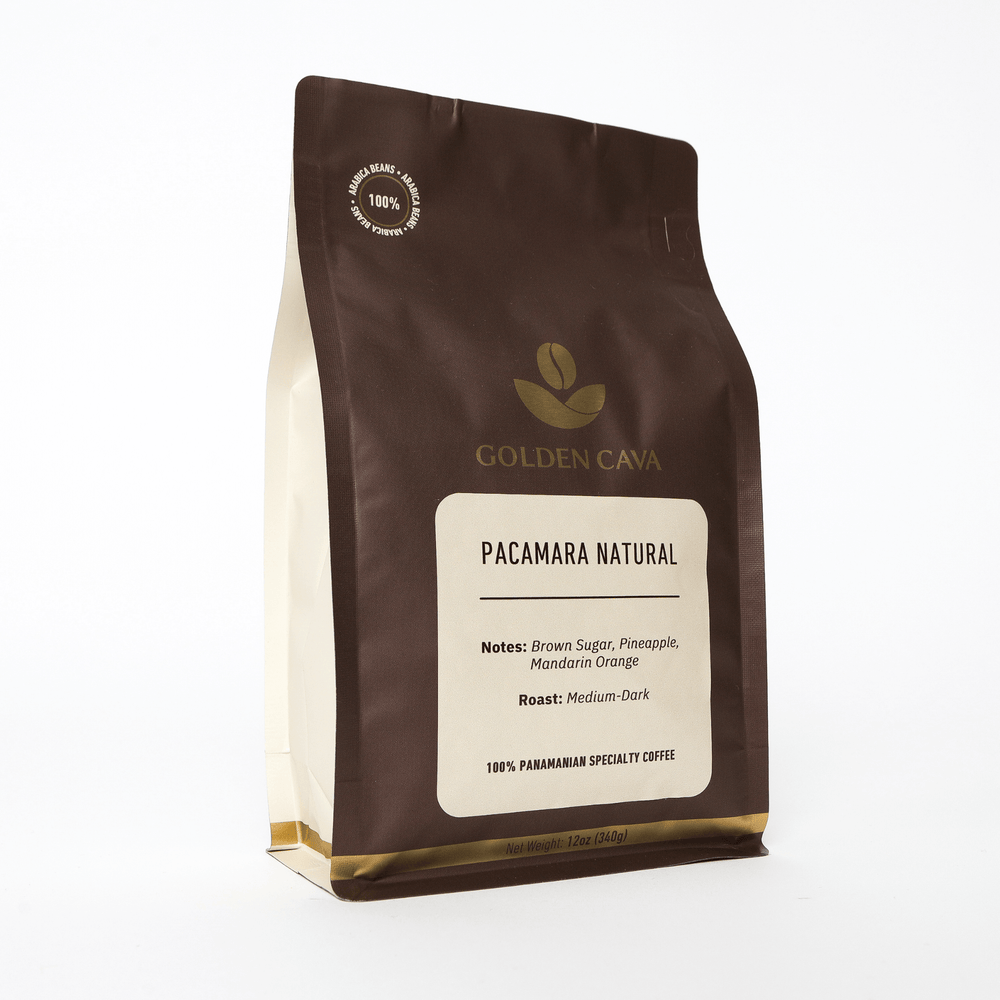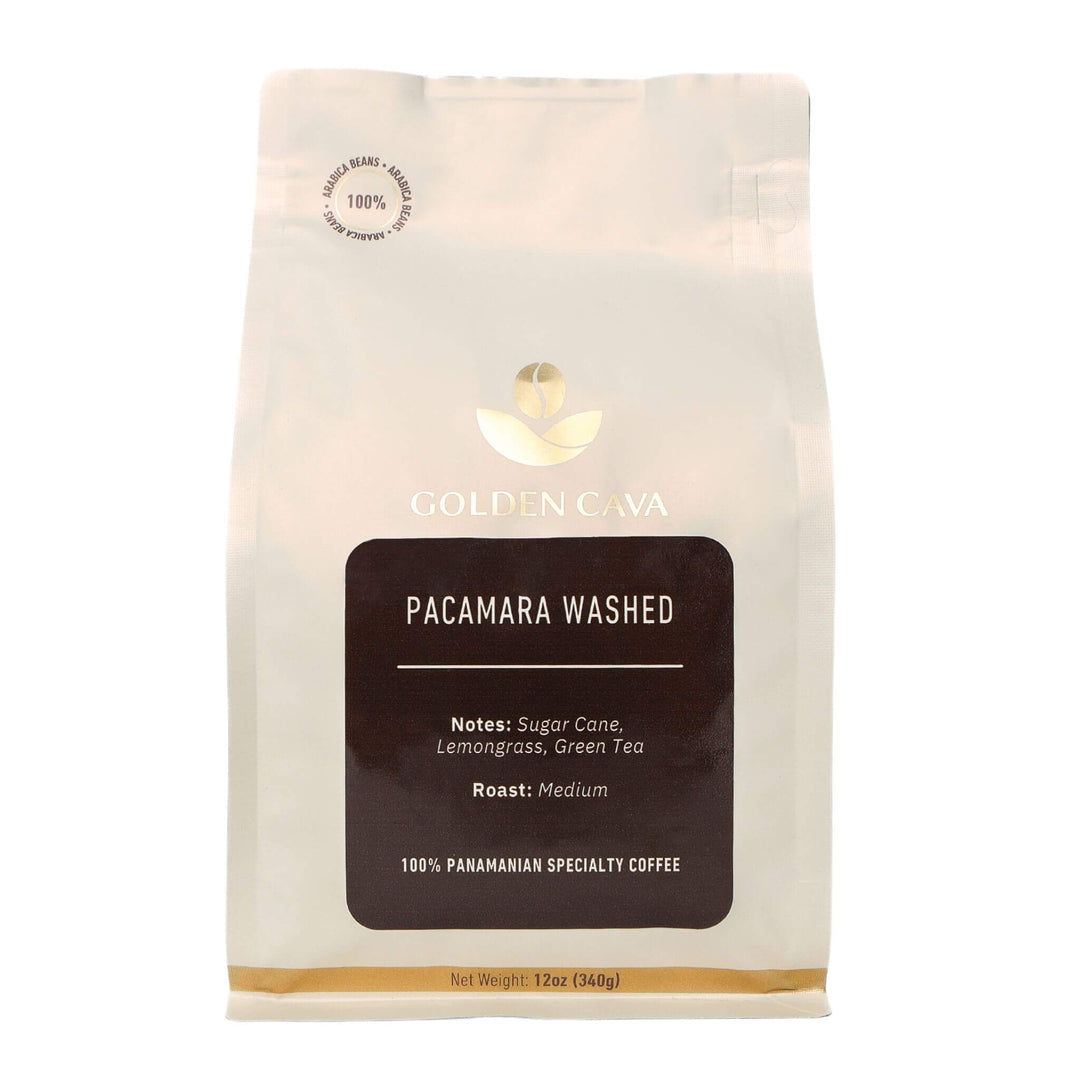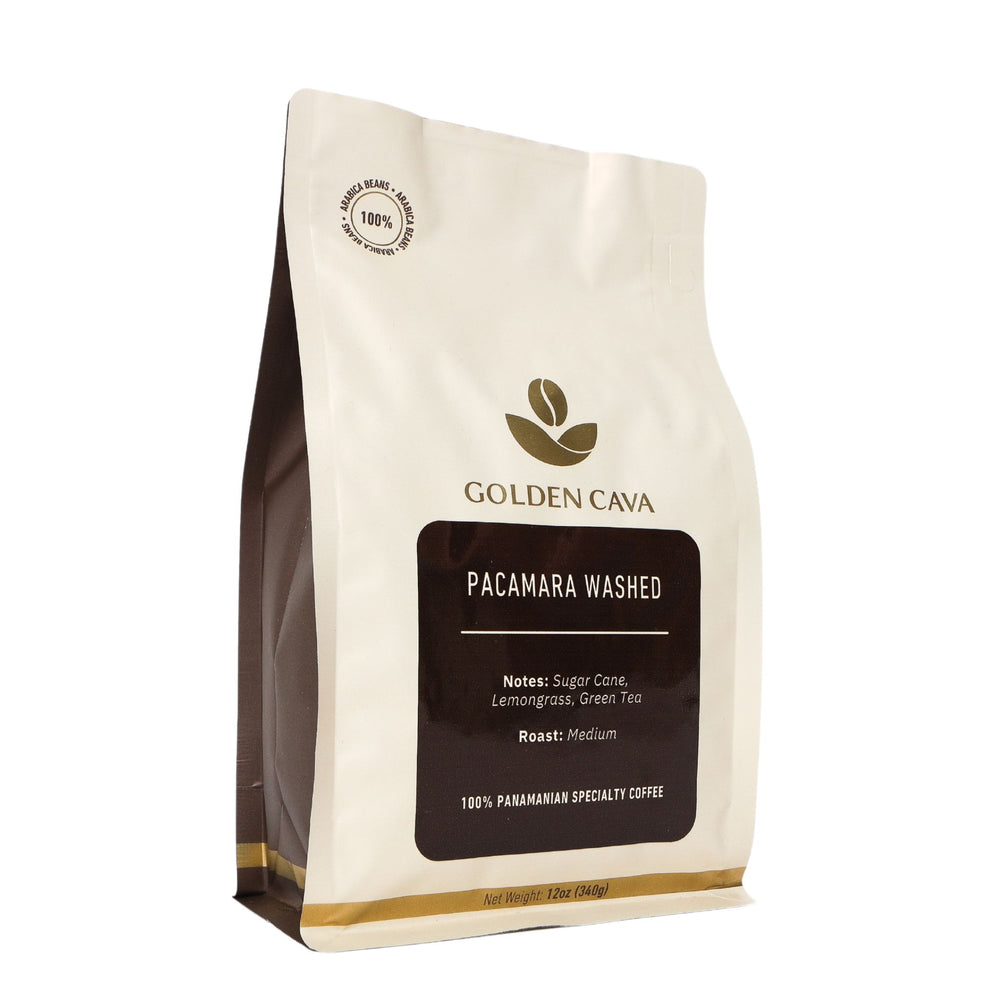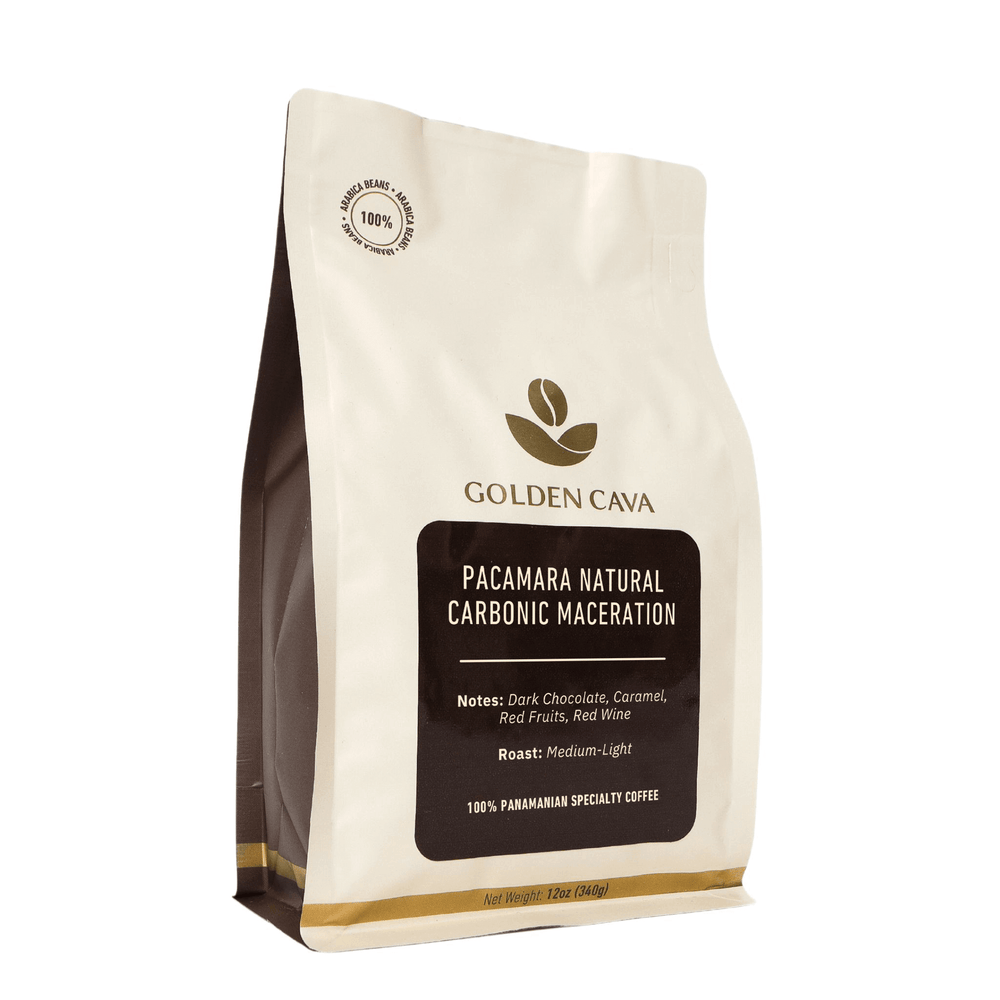Brewing coffee with cold water has become a popular approach, delivering an exclusive taste and lower acidity than traditional hot-brewed java. If you're curious about how long cold brew needs to steep, this blog post will explore the topic in-depth.
Understanding the factors affecting cold brew steep time can help you perfect your process before you start brewing and achieve consistent results. Luckily, we will explore these factors and provide recommendations on optimal steeping times for various grind sizes and desired strengths.
Additionally, we'll share some essential tips for making delicious cold brew coffee at home or while traveling. By following our advice, you'll be able to enjoy smooth and refreshing cold brew whenever the craving strikes - all while knowing exactly how long does cold brew need to steep.
Table Of Contents:
- 1. Understanding Cold Brew Steeping Time
- 2. Factors Affecting Cold Brew Steeping Time
- 3. Recommended Steeping Times for Cold Brew Coffee
- 4. Brewing Tips for Cold Brew Coffee
- 5. Enjoying Your Cold Brew Coffee
- Frequently Asked Questions How Long Does Cold Brew Need to Steep
- So, How Long Will You Steep Your Coffee For?
1. Understanding Cold Brew Steeping Time
Cold brew coffee is a unique brewing method that requires a longer steeping time than traditional hot coffee. Soaking coarsely ground coffee beans in cold H2O for a drawn-out span yields an even, less acidic drink.
As you begin your coffee travel adventures, it's essential to understand the factors that influence the age-old question of how long does cold brew need to steep?
Why Does Cold Brew Require Longer Steeping Time?
The primary reason behind cold brew's lengthy steeping process is its extraction method. Unlike hot brewing methods, which rely on heat to extract flavors from the coffee grounds quickly, cold brewing uses time as its main extraction tool.
The absence of heat means that compounds like oils, acids, and caffeine are extracted slowly from the beans into the water.
- Less acidity: One significant advantage of this slow extraction is reduced acidity levels compared to hot brewed coffee. Lower acid content makes for a smoother taste and can be gentler on sensitive stomachs.
- Bolder flavor profile: The prolonged contact between water and grounds allows more complex flavors within the beans to emerge over time without being overshadowed by bitterness or harshness often associated with high-temperature extractions.
- Dilution factor: Since most people enjoy their cold brew diluted with ice or milk (or both), starting with a concentrated base ensures that you'll still have an enjoyable cup full of rich flavors even after dilution.
In essence, patience is key when it comes to creating deliciously smooth and flavorful cold brew coffee!

2. Factors Affecting Cold Brew Steeping Time
The time required for cold brew coffee steeping is contingent upon several elements, such as the type of beans used, grind size, and desired strength. In this section, we'll look at the components that impact cold brew steeping time and advise how to adjust your brewing process accordingly.
Type of Beans
Different coffee bean varieties have unique flavor profiles that can affect your cold brew's taste and require steeping time. For instance, Arabica beans are known for their delicate flavors and may require a longer steeping period than robust Robusta beans. Experiment with different types of beans to find one that suits your personal preferences.
Grind Size
The coarseness or fineness of your coffee grounds plays a significant role in determining how long it takes for water to extract flavors from them during cold brewing. Coarser grinds typically require more extended periods because they allow water to penetrate slowly into the particles; conversely, finer grinds enable faster extraction due to increased surface area contact between water and grounds.
As a general rule for cold brews, use coarse-ground coffee similar in texture to sea salt.
Tips for Grinding Coffee:
- Burr Grinder: Invest in a quality burr grinder that provides consistent grinding results every time you prepare fresh ground coffee at home.
- Coffee-to-Water Ratio: Adjust this ratio according to personal preference but start with approximately 1:8 (coffee:water) as an initial guideline when making cold brew concentrate.
Brew Strength & Steeping Time
The desired strength of your cold brew coffee will also influence the steeping time. A stronger, more concentrated beverage requires a longer extraction period to achieve its full flavor potential. On the other hand, if you prefer a milder taste, you can reduce the steeping duration.
To summarize, understanding these factors and adjusting them according to your preferences will help you create an enjoyable cold brew experience tailored just for you. Experiment with different beans, grind sizes, and steeping times until you find the perfect combination that suits your taste buds.

3. Recommended Steeping Times for Cold Brew Coffee
Extracting the best flavor from cold brew coffee requires steeping the grounds in cold water for some time, usually between 12 and 24 hours. Your chosen duration will depend on your personal taste preferences and desired strength.
12-16 Hours: Lighter Flavor Profile
If you prefer a lighter, more delicate flavor in your cold brew, consider steeping it for around 12-16 hours at room temperature or in the refrigerator. This shorter brewing process will result in a milder taste with subtle nuances from the coffee beans. Remember that this may not extract all the potential flavors from your chosen bean variety.
18-20 Hours: Balanced Taste and Strength
A balanced cup of cold brew can be achieved by letting it steep for approximately 18-20 hours. At this point, acidity levels and bitterness are reduced compared to hot brewed coffee while maintaining some complexity within its flavor profile. This middle ground allows many people to enjoy their cold brew without any additional sweeteners or milk products.
22-24 Hours: Bold Intensity
If you're looking for bold intensity with stronger caffeine content, try extending your steeping time up to 22-24 hours at room temperature or refrigerated conditions. By doing so, you'll produce a cold brew concentrate, which has higher extraction levels, resulting in richer, bolder flavors. This concentrate can be diluted with water or milk to your desired strength.
Experimenting with Steeping Times
Ultimately, the best steeping time for cold brew coffee is subjective and will depend on individual taste preferences. Vary the steep duration between 12-24 hours to find your preferred flavor.
For optimum outcomes, it is suggested to let cold brew coffee steep for a minimum of 12-24 hours. For those looking to explore further and create a unique flavor profile with their cold brew, our next heading will provide some helpful brewing tips.

4. Brewing Tips for Cold Brew Coffee
To ensure a consistent flavor profile and an enjoyable cold brew experience, follow these brewing tips.
A. Use Freshly Ground Beans
For the best results, always use freshly ground coffee beans. This ensures that your cold brew will have a rich and full-bodied taste. Pre-ground coffee can lose its freshness quickly, leading to a less flavorful beverage.
B. Choose the Right Grind Size
The grind size plays an essential role in determining the extraction rate of your cold brew coffee. A coarse grind is recommended as it allows for proper water flow while steeping without over-extracting or causing bitterness. Learn more about grind sizes and their effects on coffee flavors here.
C. Maintain Proper Water-to-Coffee Ratio
A good starting point for making a cold brew is using a 1:8 ratio of coffee grounds to water (by weight). To achieve a 1:8 ratio, combine 100g of coffee grounds with 800g of H2O.
- Lighter Taste: If you prefer a lighter taste in your cold brew, adjust the ratio by adding more water (e.g., 1:10).
- Bolder Flavor: For those who enjoy stronger flavors, reduce the amount of water used (e.g., 1:6).
Experiment with different ratios to find the perfect balance for your taste preferences.
D. Stir Your Cold Brew Mixture Regularly
To ensure even extraction, stirring your cold brew mixture every few hours during steeping is essential. This will help prevent any clumps of coffee grounds from forming and promote a more consistent flavor profile in the final product.
E. Experiment with Different Coffee Beans
Cold brewing brings out unique flavors in coffee beans that may not be as noticeable when brewed using hot methods. Don't be afraid to try different types of beans and discover new favorites for your cold brew adventures.
Brewing the perfect cold coffee requires patience and precision, but with these tips, you can ensure your cup is always delicious. Having mastered the art of making cold brew coffee, let's explore some exciting ways to savor it.
5. Enjoying Your Cold Brew Coffee
After patiently waiting for your cold brew coffee to steep, it's finally time to enjoy the fruits of your labor. To ensure you get the best possible taste and experience from your cold brew, follow these simple steps:
- Strain the coffee grounds: Once your cold brew has finished steeping, strain it through a fine mesh sieve or cheesecloth into a clean container. This will separate any remaining coffee grounds from the liquid and ensure that you have a smooth, sediment-free beverage.
- Dilute if necessary: Depending on how strong you like your cold brew, you may want to dilute it with water or milk before drinking. A good starting point is a one-to-one ratio of cold brew concentrate to water or milk; adjust this according to personal preference.
- Serve over ice: Cold brew is best enjoyed chilled and served over ice. Fill a glass with ice cubes and pour in your desired amount of diluted cold brew concentrate.
- Add sweeteners or flavorings (optional): If you prefer flavored coffees or need some extra sweetness in yours, feel free to add syrups such as caramel syrup, honey, agave nectar, vanilla extract, or even cinnamon powder - just remember that less is more when adding flavors.
- Garnish and serve: For an extra touch of elegance, garnish your cold brew with a sprig of fresh mint or a slice of lemon.
Frequently Asked Questions How Long Does Cold Brew Need to Steep
Is 12 hours long enough to steep cold brew?
Yes, 12 hours is generally considered sufficient time for steeping cold brew coffee. However, the optimal steeping time can vary depending on factors such as grind size and personal taste preferences.
You may want to extend the steeping time up to 24 hours for stronger flavor.
Can cold brew steep too long?
Yes, cold brew coffee can overstep if left for an extended period beyond the recommended range of 12-24 hours. Oversteeping can result in bitter or overly strong flavors that may not be desirable. To avoid this issue, remove the grounds after your desired brewing time has elapsed.
Can I steep cold brew for 10 hours?
Steeping cold brew coffee for only 10 hours will still produce a drinkable beverage; however, it might have a weaker flavor compared to longer brewing times. If you prefer milder tastes or are short on time, a shorter duration like this could work well, but keep in mind that extending the process usually results in richer flavors.
Is 9 hours enough for cold brew?
A nine-hour brewing period might yield an acceptable cup of coffee with some extraction occurring during this timeframe; nonetheless, most experts recommend at least 12-24 hour durations when preparing traditional-style batches so as not to sacrifice quality nor depth-of-flavor unnecessarily by rushing things along prematurely, which ultimately detracts from one's overall enjoyment.
So, How Long Will You Steep Your Coffee For?
To make the perfect cold brew, think about the coffee's grind size, water temperature, and how strong you want it to be. Usually, a steeping time of 8-12 hours does the trick. So, when someone asks you how long does cold brew need to steep, you'll have the answer.
Experience the perfect cup of cold brew coffee with Golden Cava's quality and freshness. Steep for 12-24 hours to get a smooth, flavorful taste that will keep you coming back for more!


